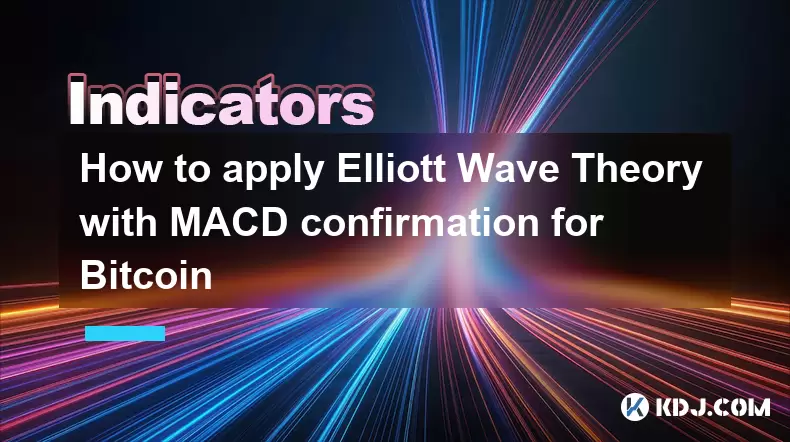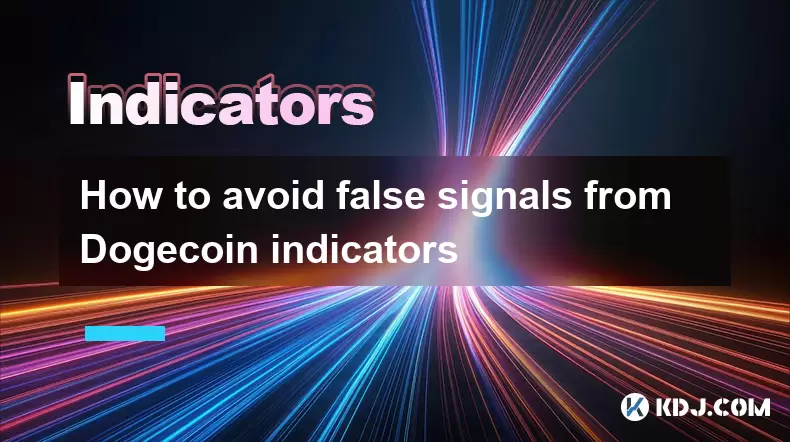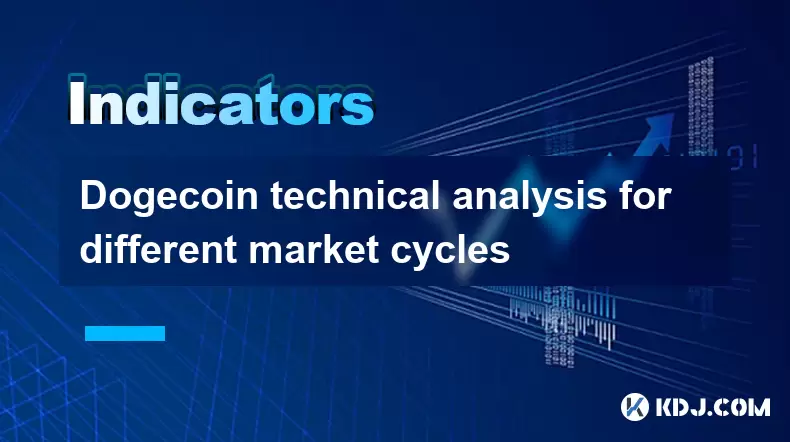-
 Bitcoin
Bitcoin $108,250.0992
0.11% -
 Ethereum
Ethereum $2,515.9404
0.03% -
 Tether USDt
Tether USDt $1.0003
0.00% -
 XRP
XRP $2.2166
-0.19% -
 BNB
BNB $656.5904
0.29% -
 Solana
Solana $147.4122
-0.58% -
 USDC
USDC $1.0000
-0.01% -
 TRON
TRON $0.2830
0.06% -
 Dogecoin
Dogecoin $0.1641
0.27% -
 Cardano
Cardano $0.5739
-0.19% -
 Hyperliquid
Hyperliquid $39.1463
-0.11% -
 Sui
Sui $2.8882
-0.02% -
 Bitcoin Cash
Bitcoin Cash $487.6428
0.31% -
 Chainlink
Chainlink $13.2097
0.07% -
 UNUS SED LEO
UNUS SED LEO $9.0308
0.10% -
 Avalanche
Avalanche $17.8608
0.13% -
 Stellar
Stellar $0.2379
-0.06% -
 Toncoin
Toncoin $2.7400
-0.39% -
 Shiba Inu
Shiba Inu $0.0...01144
-0.36% -
 Litecoin
Litecoin $87.5467
0.66% -
 Hedera
Hedera $0.1538
0.22% -
 Monero
Monero $315.5479
0.36% -
 Dai
Dai $1.0000
0.00% -
 Polkadot
Polkadot $3.3523
-0.71% -
 Ethena USDe
Ethena USDe $1.0003
0.01% -
 Bitget Token
Bitget Token $4.3960
-1.03% -
 Uniswap
Uniswap $7.2663
4.19% -
 Aave
Aave $272.8619
2.04% -
 Pepe
Pepe $0.0...09676
-0.18% -
 Pi
Pi $0.4586
-2.87%
How to apply Elliott Wave Theory with MACD confirmation for Bitcoin
Elliott Wave Theory helps predict Bitcoin trends by identifying impulse and corrective waves, while MACD confirms momentum through crossovers and divergences.
Jul 06, 2025 at 01:07 am

Understanding Elliott Wave Theory in the Context of Bitcoin
Elliott Wave Theory is a form of technical analysis used to analyze financial market cycles and predict market trends by identifying extremes in investor psychology. In the context of Bitcoin, this theory can be particularly useful due to the cryptocurrency’s highly volatile nature and its tendency to move in repetitive wave patterns.
The core principle of Elliott Wave Theory suggests that markets move in five-wave patterns in the direction of the main trend (impulse waves), followed by three-wave corrective patterns (corrective waves). For instance, during an uptrend in Bitcoin price, traders might observe five upward waves followed by a correction with three downward waves.
To effectively apply this theory to Bitcoin, it's essential to identify these wave structures on price charts. Each wave has specific characteristics and Fibonacci relationships, which help traders anticipate potential turning points in the market. The application of this theory becomes even more powerful when combined with other technical indicators like MACD for confirmation purposes.
Introduction to MACD and Its Role in Confirming Elliott Wave Patterns
The Moving Average Convergence Divergence (MACD) is a trend-following momentum indicator that shows the relationship between two moving averages of a security’s price. It consists of three components: the MACD line, the signal line, and the histogram. When applied to Bitcoin trading, MACD helps confirm the validity of the Elliott Wave patterns identified on the chart.
One of the key ways MACD aids in confirming Elliott Wave patterns is through divergence analysis. If the price of Bitcoin is making higher highs but the MACD is making lower highs, it signals a potential reversal or correction. This kind of divergence can validate whether a fifth wave in an Elliott sequence is indeed forming or if a corrective phase is imminent.
Additionally, MACD crossovers provide further confirmation. When the MACD line crosses above the signal line, it indicates bullish momentum, supporting the idea of an ongoing impulse wave. Conversely, a crossover below the signal line suggests bearish momentum, aligning with a corrective phase in the Elliott Wave structure.
Step-by-Step Process for Applying Elliott Wave Theory with MACD Confirmation
To begin applying Elliott Wave Theory with MACD confirmation for Bitcoin, start by identifying the primary trend on your preferred time frame. Choose a chart—preferably daily or 4-hour intervals—for better accuracy.
Next, label the waves according to the 5-3 pattern. Use Fibonacci retracement levels to determine where each wave may end. Once you've labeled the waves, overlay the MACD indicator on the same chart to look for divergences or crossovers.
Here are the steps to follow:
- Identify the starting point of the impulse wave.
- Label each wave carefully based on their structure and length.
- Check for Fibonacci extensions and retracements between waves.
- Overlay the MACD indicator and look for divergences between price action and MACD values.
- Wait for a MACD crossover to confirm the direction of the next wave.
By combining these tools, traders gain a clearer picture of potential entry and exit points in Bitcoin trades.
Practical Examples of Elliott Wave and MACD Combination on Bitcoin Charts
Let’s consider a real-world example using Bitcoin price data from a past bull run. Suppose we’re analyzing a daily chart where Bitcoin has been in an uptrend. You notice a clear five-wave structure forming as the price climbs from $20,000 to $60,000.
Wave one begins at $20,000 and ends at $25,000. Wave two corrects back to $22,000. Wave three pushes higher to $40,000, showing strong momentum. Wave four consolidates around $35,000 before wave five surges to $60,000.
During this entire movement, the MACD line remains above the signal line, indicating sustained bullish momentum. However, as Bitcoin reaches $60,000, a divergence appears—the price makes a new high, but the MACD fails to surpass its previous peak. This divergence serves as a warning sign that the trend may be losing steam, potentially signaling the end of wave five.
After wave five completes, a corrective ABC pattern emerges. Here again, MACD confirms the downtrend by crossing below the signal line and remaining bearish throughout the correction.
Common Pitfalls and How to Avoid Them When Using Elliott Wave with MACD
Despite its power, combining Elliott Wave Theory with MACD confirmation isn't without challenges. One common mistake is mislabeling the waves, especially in fast-moving markets like Bitcoin. To avoid this, always use multiple time frames for confirmation.
Another pitfall is ignoring volume. While not part of the standard Elliott Wave analysis, volume can offer additional insights into the strength of a wave. High volume during an impulse wave supports its validity, while low volume during a supposed wave five may indicate weakness.
Lastly, many traders fail to adjust their wave counts when the market doesn’t behave as expected. Flexibility is crucial. If the price breaks below a critical support level without completing the expected wave structure, reassess your count and look for alternative scenarios.
Frequently Asked Questions (FAQ)
Q: Can Elliott Wave Theory be applied to all time frames when trading Bitcoin?
A: Yes, Elliott Wave Theory can be applied across various time frames, including intraday, daily, weekly, and monthly charts. However, longer time frames tend to offer more reliable wave structures due to reduced noise and volatility.
Q: What settings should I use for MACD when combining it with Elliott Wave Theory for Bitcoin?
A: A commonly used setting is the default 12, 26, 9 configuration (fast EMA, slow EMA, signal line). Some traders adjust these values for smoother readings, such as 21, 55, 13, depending on their strategy and time frame.
Q: Is it possible to automate Elliott Wave and MACD analysis for Bitcoin trading?
A: While there are automated tools and scripts that attempt to detect Elliott Waves and monitor MACD conditions, they often lack the nuance of manual analysis. Human interpretation is still vital, especially in volatile assets like Bitcoin.
Q: How do I handle conflicting signals between Elliott Wave and MACD?
A: Conflicting signals are common in technical analysis. When this occurs, it’s best to step back and reassess the wave structure or wait for additional confirmation. Sometimes, a re-labeling of waves or a change in time frame can resolve discrepancies.
Disclaimer:info@kdj.com
The information provided is not trading advice. kdj.com does not assume any responsibility for any investments made based on the information provided in this article. Cryptocurrencies are highly volatile and it is highly recommended that you invest with caution after thorough research!
If you believe that the content used on this website infringes your copyright, please contact us immediately (info@kdj.com) and we will delete it promptly.
- XRP's Upside Potential: Analysts Bullish Despite Accessibility Concerns
- 2025-07-06 10:30:13
- Dubai Hotelier, Crypto Scam, and an Arrest in India: A Tangled Web
- 2025-07-06 10:30:13
- Bitcoin's Calm Before the Storm: ETF Inflows Surge Amidst Low Volatility
- 2025-07-06 10:50:13
- Crypto Capital Inflows: Why Qubetics, Ethereum, and SUI are Investment Coins to Watch
- 2025-07-06 10:50:13
- Bitcoin, Crypto, and Polymarket: Decoding the Crystal Ball
- 2025-07-06 11:15:22
- XRP Price Prediction: Can XRP Break the Weekly Downtrend?
- 2025-07-06 11:00:13
Related knowledge

What is the significance of a Dogecoin engulfing candle pattern
Jul 06,2025 at 06:36am
Understanding the Engulfing Candle Pattern in CryptocurrencyThe engulfing candle pattern is a significant technical analysis tool used by traders to identify potential trend reversals in financial markets, including cryptocurrencies like Dogecoin. This pattern typically consists of two candles: the first one is relatively small and indicates the current...

Dogecoin monthly chart analysis for long term investors
Jul 06,2025 at 10:08am
Understanding the Dogecoin Monthly ChartFor long-term investors, analyzing the monthly chart of Dogecoin (DOGE) provides a macro view of its price behavior over extended periods. The monthly chart captures major trends, key resistance and support levels, and potential reversal zones that are crucial for strategic investment planning. Unlike daily or hou...

How to manage risk using ATR on Dogecoin
Jul 06,2025 at 02:35am
Understanding ATR in Cryptocurrency TradingThe Average True Range (ATR) is a technical indicator used to measure market volatility. Originally developed for commodities, it has found widespread use in cryptocurrency trading due to the high volatility inherent in digital assets like Dogecoin (DOGE). The ATR calculates the average range of price movement ...

How to avoid false signals from Dogecoin indicators
Jul 06,2025 at 06:49am
Understanding Dogecoin Indicators and Their LimitationsDogecoin indicators are tools used by traders to analyze price movements and make informed decisions. These include moving averages, Relative Strength Index (RSI), MACD, and volume-based metrics. However, these tools can sometimes generate false signals, especially in highly volatile markets like Do...

Dogecoin Donchian Channels strategy
Jul 06,2025 at 02:43am
What Are Donchian Channels?Donchian Channels are a technical analysis tool used to identify potential breakouts, trends, and volatility in financial markets. They consist of three lines: the upper band, which marks the highest high over a specific period; the lower band, which reflects the lowest low over the same period; and the middle line, typically ...

Bitcoincoin technical analysis for different market cycles
Jul 06,2025 at 09:14am
Understanding Dogecoin's Historical Price PatternsDogecoin (DOGE) has experienced several notable price cycles since its inception in 2013. Initially created as a meme-based cryptocurrency, it quickly gained popularity due to its vibrant community and celebrity endorsements. To perform technical analysis on Dogecoin, one must first understand how it beh...

What is the significance of a Dogecoin engulfing candle pattern
Jul 06,2025 at 06:36am
Understanding the Engulfing Candle Pattern in CryptocurrencyThe engulfing candle pattern is a significant technical analysis tool used by traders to identify potential trend reversals in financial markets, including cryptocurrencies like Dogecoin. This pattern typically consists of two candles: the first one is relatively small and indicates the current...

Dogecoin monthly chart analysis for long term investors
Jul 06,2025 at 10:08am
Understanding the Dogecoin Monthly ChartFor long-term investors, analyzing the monthly chart of Dogecoin (DOGE) provides a macro view of its price behavior over extended periods. The monthly chart captures major trends, key resistance and support levels, and potential reversal zones that are crucial for strategic investment planning. Unlike daily or hou...

How to manage risk using ATR on Dogecoin
Jul 06,2025 at 02:35am
Understanding ATR in Cryptocurrency TradingThe Average True Range (ATR) is a technical indicator used to measure market volatility. Originally developed for commodities, it has found widespread use in cryptocurrency trading due to the high volatility inherent in digital assets like Dogecoin (DOGE). The ATR calculates the average range of price movement ...

How to avoid false signals from Dogecoin indicators
Jul 06,2025 at 06:49am
Understanding Dogecoin Indicators and Their LimitationsDogecoin indicators are tools used by traders to analyze price movements and make informed decisions. These include moving averages, Relative Strength Index (RSI), MACD, and volume-based metrics. However, these tools can sometimes generate false signals, especially in highly volatile markets like Do...

Dogecoin Donchian Channels strategy
Jul 06,2025 at 02:43am
What Are Donchian Channels?Donchian Channels are a technical analysis tool used to identify potential breakouts, trends, and volatility in financial markets. They consist of three lines: the upper band, which marks the highest high over a specific period; the lower band, which reflects the lowest low over the same period; and the middle line, typically ...

Bitcoincoin technical analysis for different market cycles
Jul 06,2025 at 09:14am
Understanding Dogecoin's Historical Price PatternsDogecoin (DOGE) has experienced several notable price cycles since its inception in 2013. Initially created as a meme-based cryptocurrency, it quickly gained popularity due to its vibrant community and celebrity endorsements. To perform technical analysis on Dogecoin, one must first understand how it beh...
See all articles

























































































